
Generative AI, the ability of algorithms to process various types of inputs��such as text, images, audio, video, and code��and generate new content, is advancing at an unprecedented rate. While this technology is making significant strides across multiple industries, one sector that stands to benefit immensely is the Architecture, Engineering, and Construction (AEC) industry.
]]>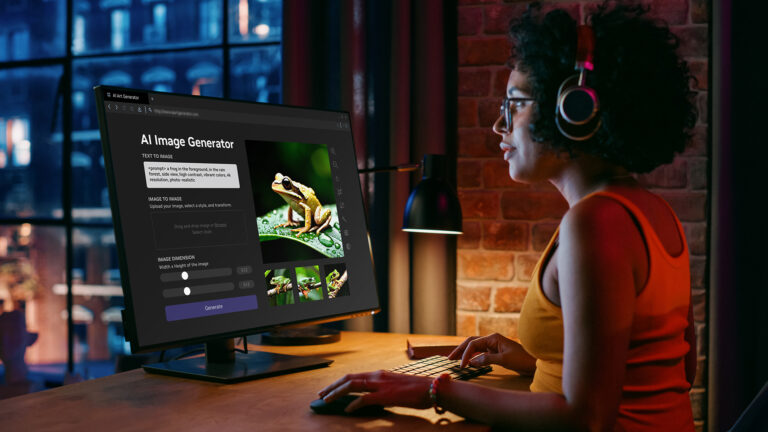
After exploring the fundamentals of diffusion model sampling, parameterization, and training as explained in Generative AI Research Spotlight: Demystifying Diffusion-Based Models, our team began investigating the internals of these network architectures. This turned out to be a frustrating exercise. Any direct attempt to improve these models tended to worsen the results. They seemed to be in��
]]>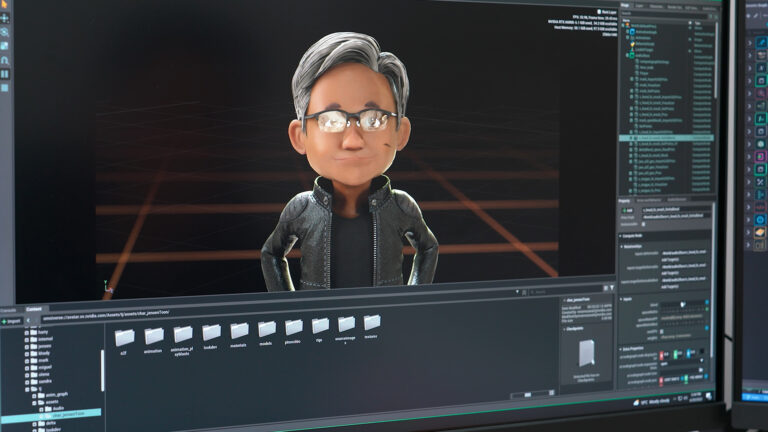
Take a deep dive into denoising diffusion models, from building a U-Net to training a text-to-image model.
]]>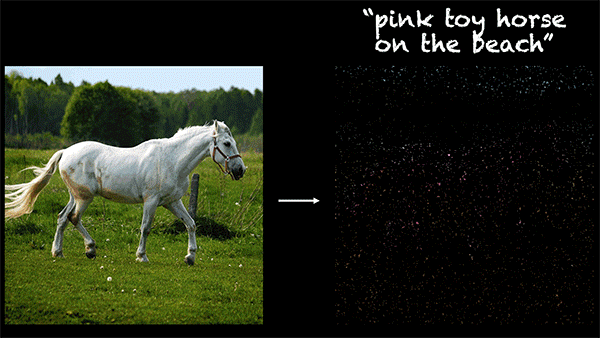
New research is boosting the creative potential of generative AI with a text-guided image-editing tool. The innovative study presents a framework using plug-and-play diffusion features (PnP DFs) that guides realistic and precise image generation. With this work, visual content creators can transform images into visuals with just a single prompt image and a few descriptive words.
]]>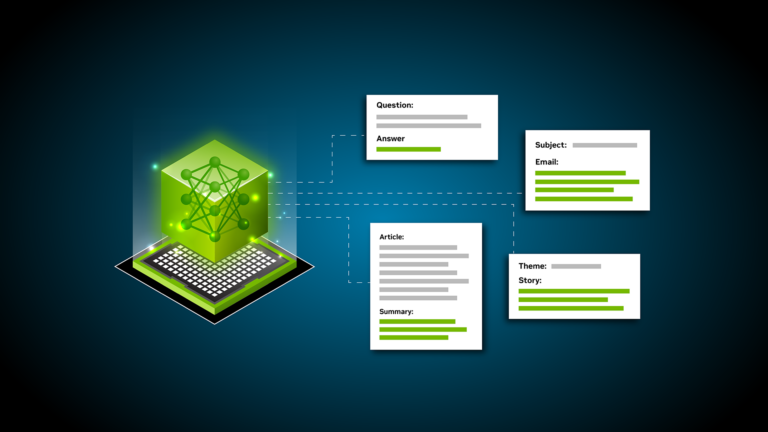
ChatGPT has made quite an impression. Users are excited to use the AI chatbot to ask questions, write poems, imbue a persona for interaction, act as a personal assistant, and more. Large language models (LLMs) power ChatGPT, and these models are the topic of this post. Before considering LLMs more carefully, we would first like to establish what a language model does. A language model gives��
]]>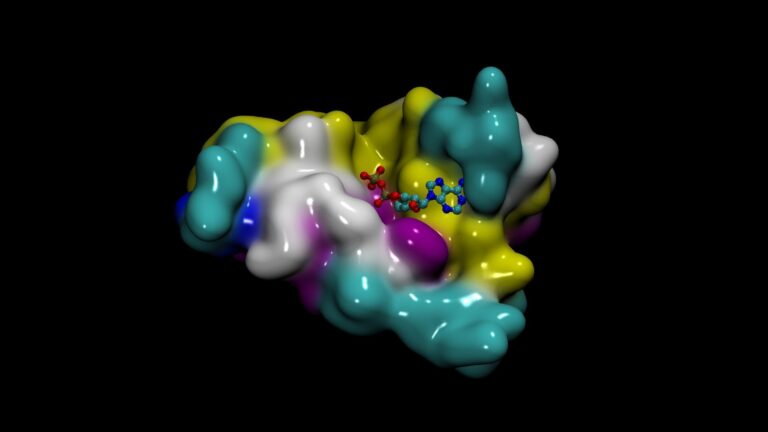
Creating new drug candidates is a heroic endeavor, often taking over 10 years to bring a drug to market. New supercomputing-scale large language models (LLMs) that understand biology and chemistry text are helping scientists understand proteins, small molecules, DNA, and biomedical text. These state-of-the-art AI models help generate de novo proteins and molecules and predict the 3D��
]]>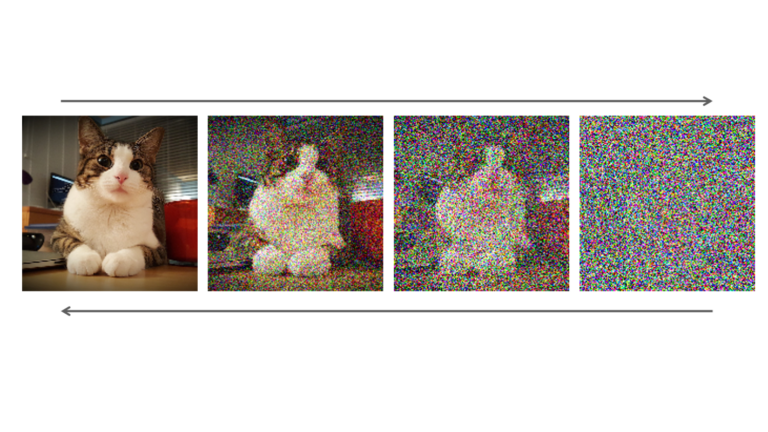
This is part of a series on how researchers at NVIDIA have developed methods to improve and accelerate sampling from diffusion models, a novel and powerful class of generative models. Part 1 introduced diffusion models as a powerful class for deep generative models and examined their trade-offs in addressing the generative learning trilemma. While diffusion models satisfy both the first and��
]]>
This is part of a series on how NVIDIA researchers have developed methods to improve and accelerate sampling from diffusion models, a novel and powerful class of generative models. Part 2 covers three new techniques for overcoming the slow sampling challenge in diffusion models. Generative models are a class of machine learning methods that learn a representation of the data they are trained��
]]>